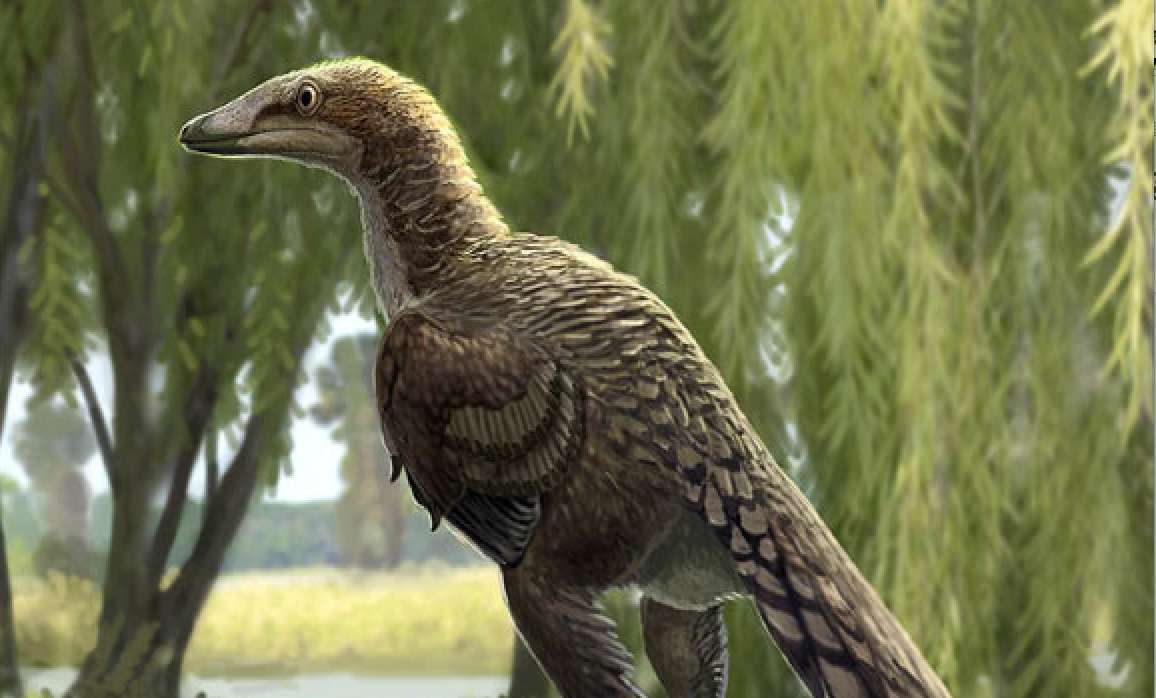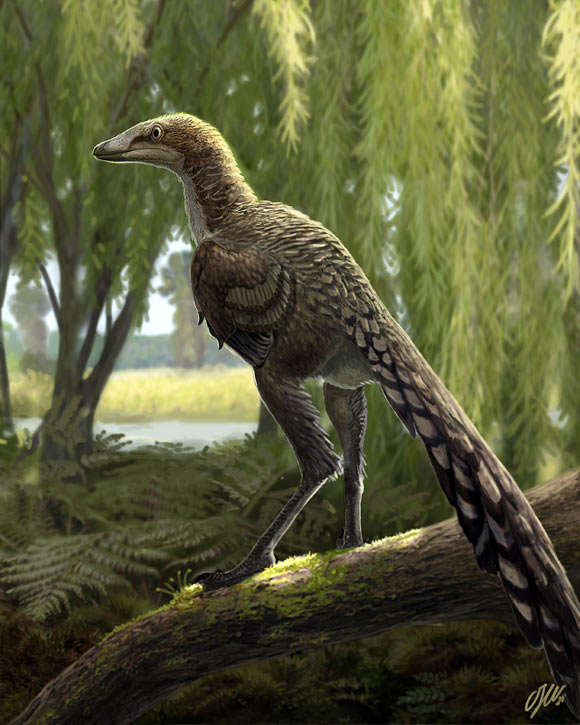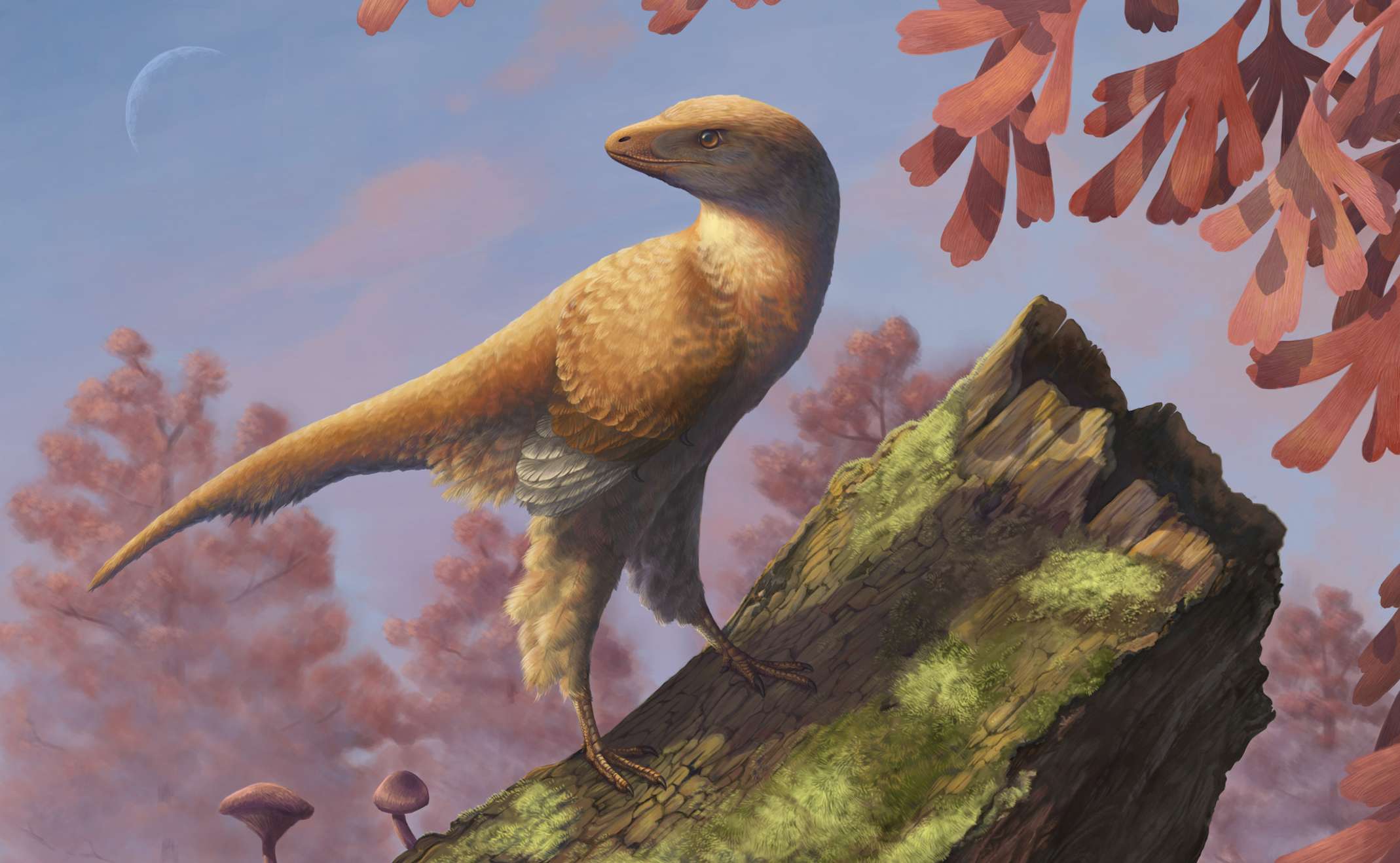Create a free profile to get unlimited access to exclusive videos, sweepstakes, and more!
Regal new raptor-like dinosaur, complete with feathers, discovered in Spain

In a nifty piece of paleontological detective work carried out by a team of scientists based in Spain, a new genus and species of fast-growing, bird-like theropod dinosaur that existed roughly 66 million years ago at the very end of the Cretaceous period has been identified from a single foot bone found in Catalonia, Spain.
Designated as Tamarro insperatus, this regal feathered creature roamed the wilds of what's called the Ibero-Armorican island during the Maastrichtian era, which dates back to just 200,000 years prior to the calamitous mass extinction.
“During the late Cretaceous (77-66 million years ago) in the run-up to the end-Cretaceous mass extinction, Europe was a series of islands populated by diverse and distinctive communities of dinosaurs and other vertebrates,” explained lead study author Dr. Albert Sellé and his colleagues from the Institut Català de Paleontologia Miquel Crusafon at the Universitat Autònoma de Barcelona and the Museu de la Conca Dellà in their report published in Scientific Reports.
“Many of these animals exhibited peculiar features that may have been generated by lack of space and resources in their insular habitats.”
Tamarro insperatus belonged to a family of animals known as Troodontidae, a group of unique theropod dinosaurs whose sizes vary from between 1.7 pounds for Mei long up to the 100-pound Troodon formosus.
According to the research paper, the existence of European troodontids has been controversial and subject to debate for decades, mostly due to the absence of any sizeable fossil record except for a few discovered teeth.
“The oldest troodontid evidence in Europe dates back to the Early Cenomanian age (100-94 million years ago) and is based on the discovery of one isolated tooth in western France,” Dr. Sellé and his team explained. “The discovery of Tamarro insperatus in the latest Maastrichtian deposits from southern Pyrenees represents the first unequivocal bone evidence of this group of small-sized non-avian theropods in Europe, and confirms the occurrence of troodontids in the theropod faunal assemblage of that continent.”
This prehistoric metatarsal bone for Tamarro insperatus was unearthed back in September 2003 by paleontologists from the Museu de la Conca Dellà at the site of Sant Romà d’Abella in Spain. The official name designation comes from "Tamarro," a Catalan folklore word indicating a small and elusive fantasy creature, and "Insperatus," based on the Latin word for “unexpected.”
“Its unique combination of anatomical characters allows its identification as a new species,” the researchers added. “Furthermore, its histology shows a growth pattern in which it grew fast in early ontogeny but reached subadult size quickly. We hypothesize that it could have migrated from Asia to reach the Ibero-Armorican island no later than Cenomanian or during the Maastrichtian dispersal events.”
















